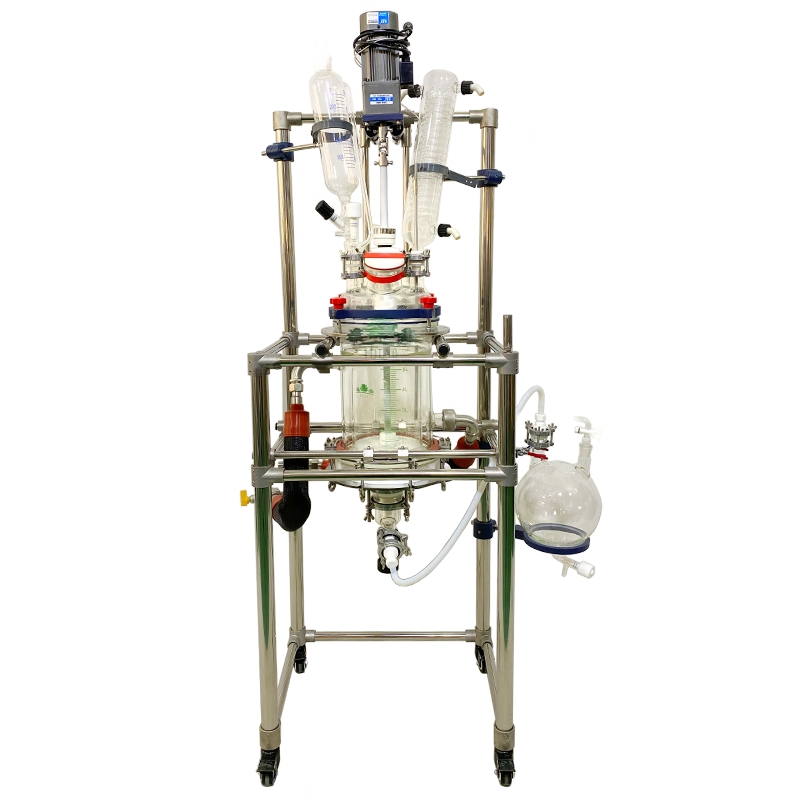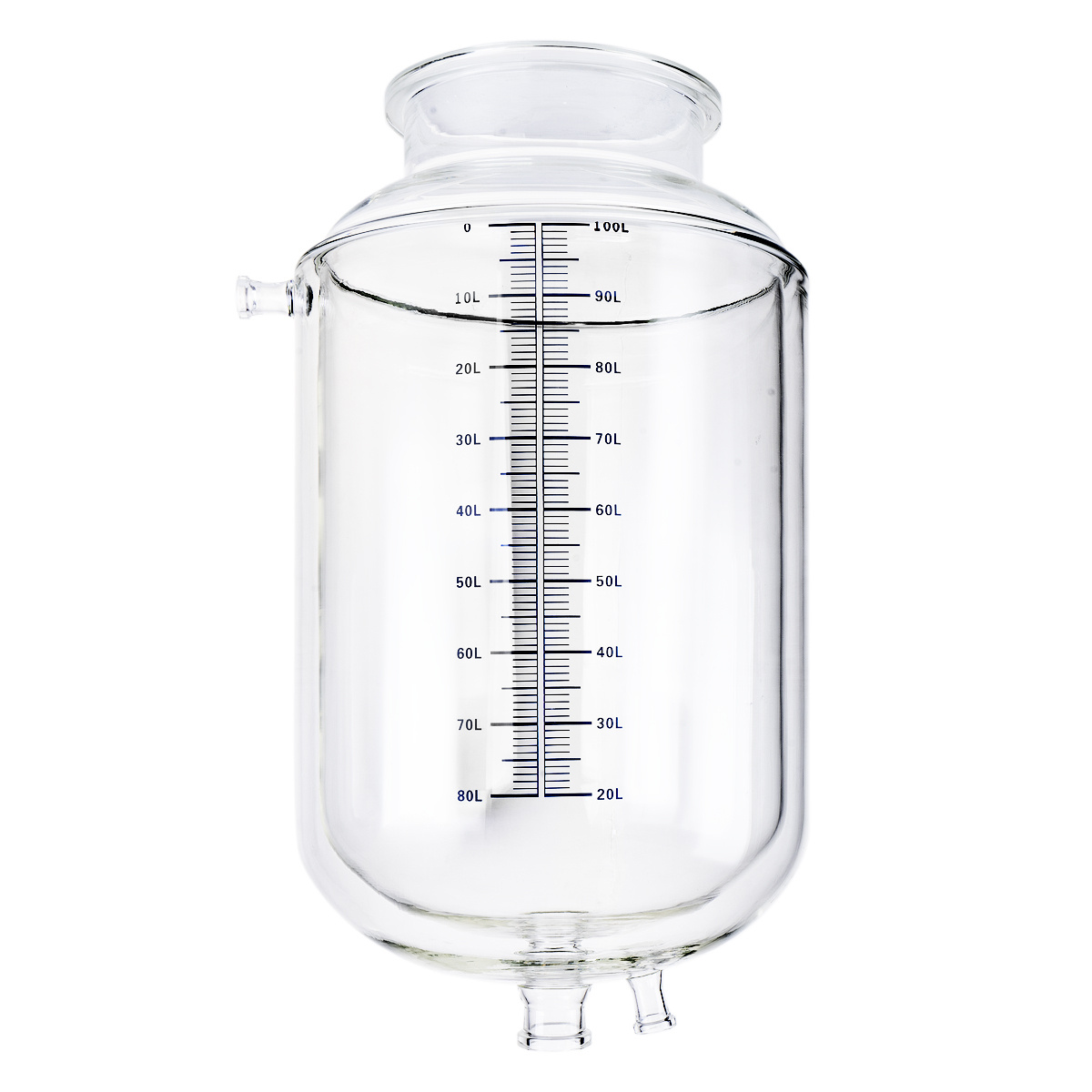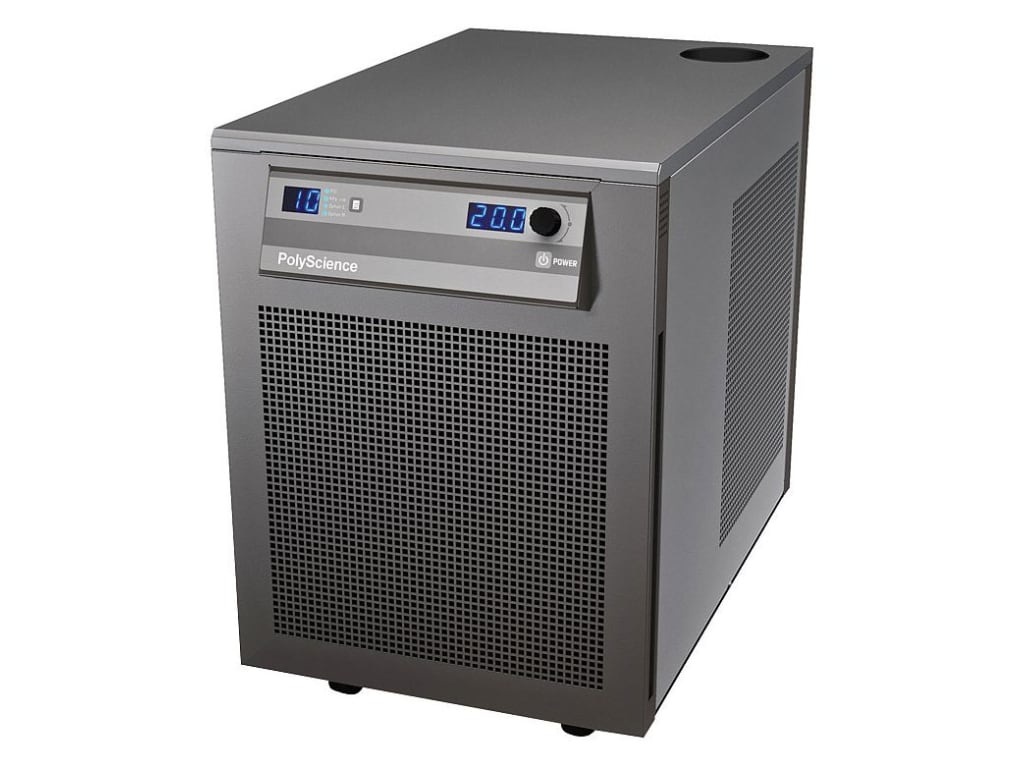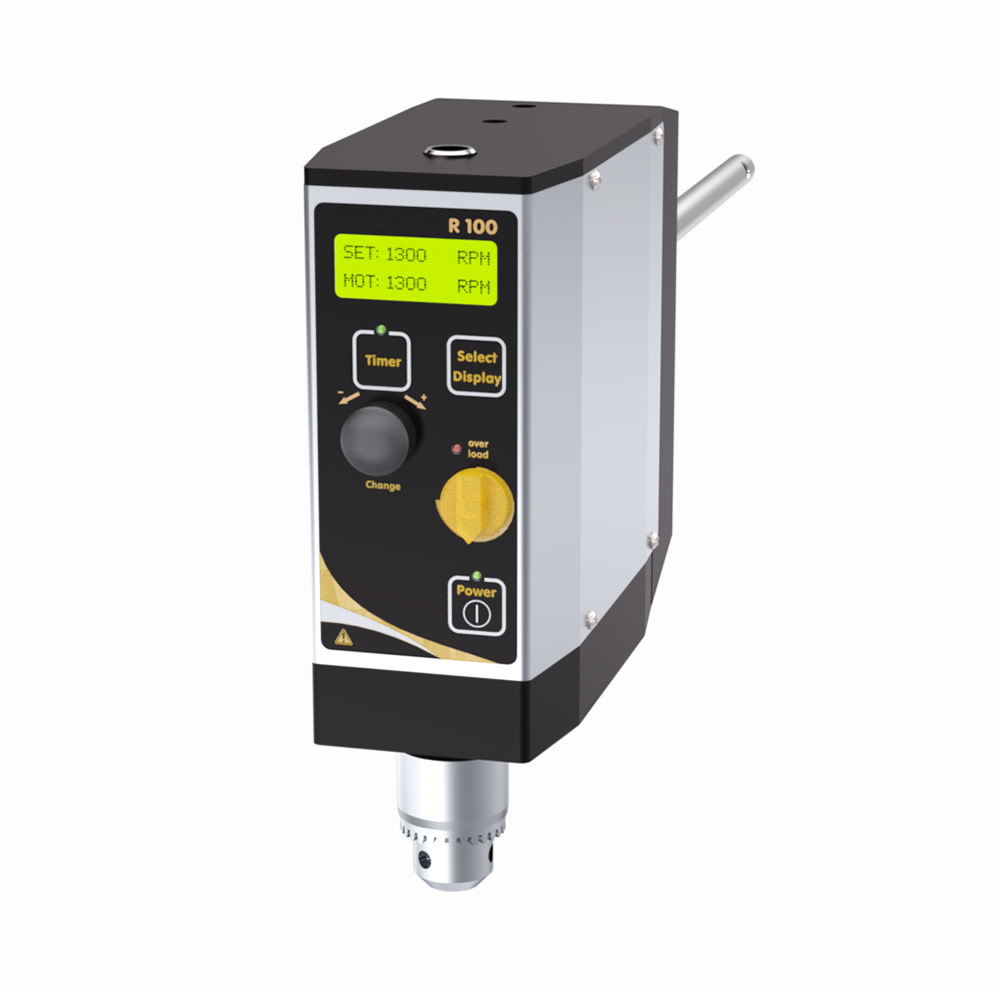You have no items in your shopping cart
Guide to Laboratory Filter Reactors
- Posted on
- Posted in Buyers Guides, Glass Reactors
- 0

Laboratory Filter Reactors Guide
Are you looking for glass filter reactors and need more information about their setup and uses? Goldleaf Scientific provides filter reactors in a variety of sizes with customization options. This article will discuss what a glass filter reactor is composed of, the wide range of how they are used, and the advantages of using these setups.
What is a glass filter reactor?
Our filter vessels are made of high quality 3.3 borosilicate glass and come in sizes from 500ml to 150 liters for larger process scale with a stainless steel frame for stability. Single and double jacketed options add additional layers for environmental control and extra insulation that can handle a temperature range from -90 Celsius to 240c. A fully jacketed vessel helps with controlling the temperature and environment makes certain processes much easier such as chemical reactions, crystallization, and filtration. Vessels are sealed with ptfe gaskets and are suitable for operation with a wide variety of harsh chemicals, making these setups perfect for sanitary purposes that cannot have any contamination. By adding a filtration setup to the vessel, reactions and filtrations are able to be completed in one process without the need to transfer between multiple containers.
Sizing Chart for Goldleaf Filter Reactors:
| 500ml - 5L | 10L | 20L | 50L | 100L |
Features of a Complete Reactor System
The glass body is the main piece to the entire setup and is where all reactions take place. The body will have options for non jacketed, single, or double layered. A single jacketed reactor connects to a recirculating heater or chiller for temperature operations while a double jacketed reactor has an additional external layer used for vacuum insulation. This insulation lessens the load on your temperature controller and prevents icing or condensation that can impede view.
Filter reactors have a removable filter plate kit that allows users to decide what micron filter or pre cut filter membranes they want to catch solids. Secured at the bottom of the vessel, a filter paper is held in place to catch any solids as the solution is drained out. A filter plate will be useful in different situations such as crystallization, purification, and separation. Process vessels can handle multi-step reactions while easily removing the filter cake for simplified cleaning.
A 5 port lid allows for the use of multiple pieces of equipment and accessory glassware on a reactor. A feed funnel is used to measure materials before they are added to the vessel and also controls the flow of those solutions for drip feeding or steady stream on input.
The main port on the lid is used to house the overhead stirrer. Using a ceramic bearing that maintains the seal, this port holds the stirring shaft that will be inserted into the reactor for agitation and mixing.
Monitoring temperatures of reactions is key, and the third port holds temperature sensors that reach down into the solution and displays temperature through a digital screen on the front of the reactor. A reflux condenser takes up another port. When paired with a chiller, this reflux condenser captures any gaseous solvents, condenses them back to liquid, and returns the liquid back into the vessel and solution. The final port is reserved for pressure relief or any additional equipment that may be needed such as a vacuum pump, inert gas, and more.
Uses:
The main purpose of our filter reactors, especially jacketed ones, are specifically used for the crystallization of desired solids. This is a very wide application range and can be used across various industries. In a pharmaceutical environment these reactors are used to synthesize certain drugs that form in a solution, crystallize, and are filtered out to capture the desired substance. Other industries use them for crystalline isolates of a particular molecule. The reactor vessel is used to facilitate the reaction and crystallization, and the filter plate catches all of the solids while the rest of the solution is drained out.
Many chemical processes require the use of solids. Catalysts are used to optimize or facilitate chemical reactions. Some compounds like carbon, molecular sieves, or salts are used to absorb certain components of a mixture or used as a filter cake to clean out undesirables as everything is emptied from the outlet valve. Biological based extractions and reactions often have solids like plant, fungal, or animal tissues. Certain chemical reactions also use or result in solids and when the solution is finished, these particles need to be removed and a filter reactor can easily catch the particles without having to use other devices like a buchner funnel.
The uses of a filter reactor system are too numerous to list here. Any operation that requires an extraction or chemical reaction followed by filtration can greatly benefit from one of these setups. With the 5 port lid, jacketed vessel, and filter kit, multiple tools and controls can be implemented that a standard reactor or filtration kit could not be used for. This creates a number of advantages by using one of these systems.
Advantages:
Using a glass reactor with a filter kit rather than a fritted disc filter permits users their choice of micron filter paper and allows them to change it as tests and applications change. This versatility and modular design is what creates so many uses for a filter reactor setup.
Since the reactor and filtration kit are combined into one system, there is no need to transfer a solution to another filtration set up. This means run times are cut down since there is no need for a person to carry large amounts of solution throughout a lab and prep an entirely different setup. Because there is no transfer of solution, there is no transfer loss that would form as residue on the side of the transfer vessel or leftovers in a secondary filter system. Ultimately, this design creates for faster runs with higher yields of your desired solution.
Additionally, filtration can be assisted and sped up using a filter reactor. By connecting the discharge valve on the bottom of the reactor to a collection flask with a vacuum port, a vacuum pump can be used to pull the solution through the filter even faster. Since reactors are not ideal for holding large amounts of pressure, a vacuum assisted filtration is ideal to speed up run times without risking damage to any glassware.
Glass filter reactors are great for solutions that cannot be exposed to air. By using inert gas such as nitrogen or argon to fill the headspace of a reactor, there will be little to no oxidation associated with the process. Thus a solution can be filled, a chemical reaction performed, and filtration completed without ever having your mixture exposed to new open air. As such, a reactor paired with inert gas prevents contamination and oxidation while performing multiple steps of a process, preserving the quality of the solution. Certain compounds may also be flammable or toxic which poses a danger when transferring into a different vessel for filtration.
Conclusion
Goldleaf Scientific Filter Reactors are reliable kits that serve a multitude of uses and features that are far too numerous to list here. If there is a need for large volume chemical reactions followed by filtration, these systems are ideal for the job. With our in house glassblowing studio, we provide customization options to any customers with glassware needs that are not readily available. We can provide custom manifolds, condensers, and more, all made in the USA.
Every purchase of our reactors comes with a 1 year warranty and lifetime support from Goldleaf. Even after your warranty ends, we will be able to provide replacement parts, glass repairs, and upgrades to your system. When needed, we are available for on site installation of your system to make sure everything is connected properly and is up to code. Along with installation services, we offer training to users and their team to make sure everything goes smoothly as you develop your procedures with the reactor.
For additional information and availability of our filter reactors, please give us a call, we would be happy to help. (510)487-1390






Comments
Be the first to comment...